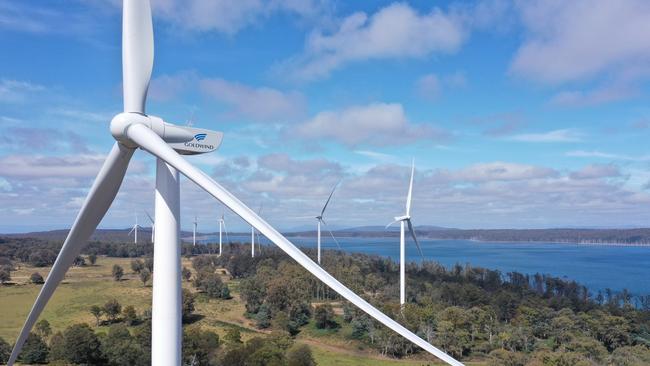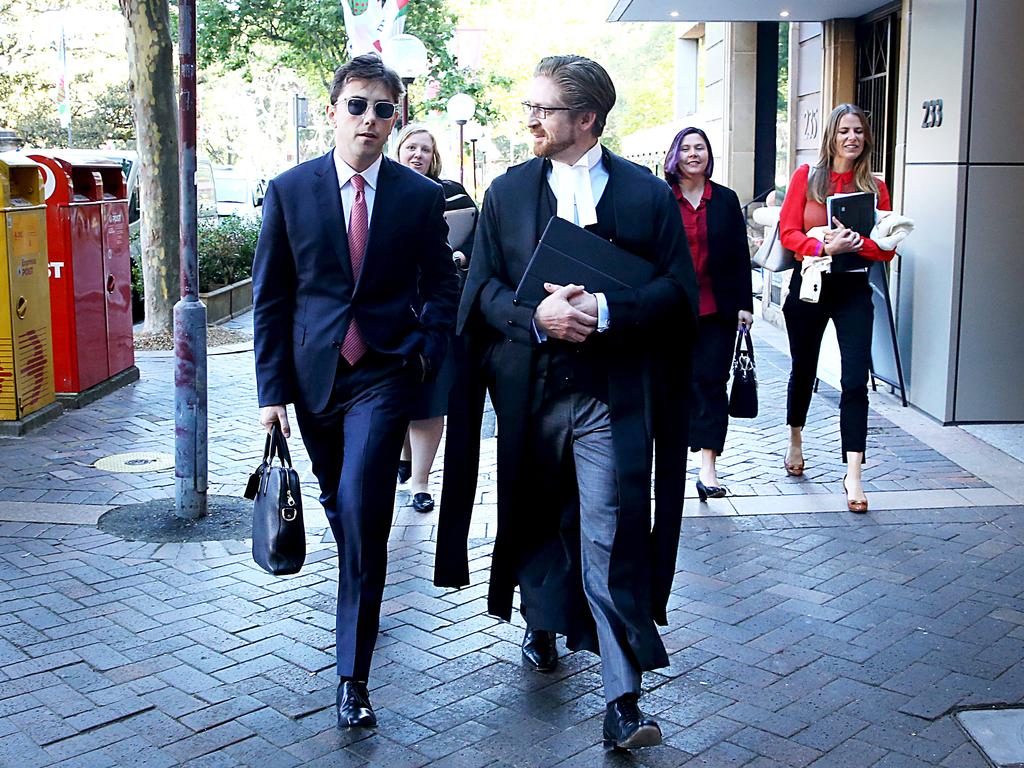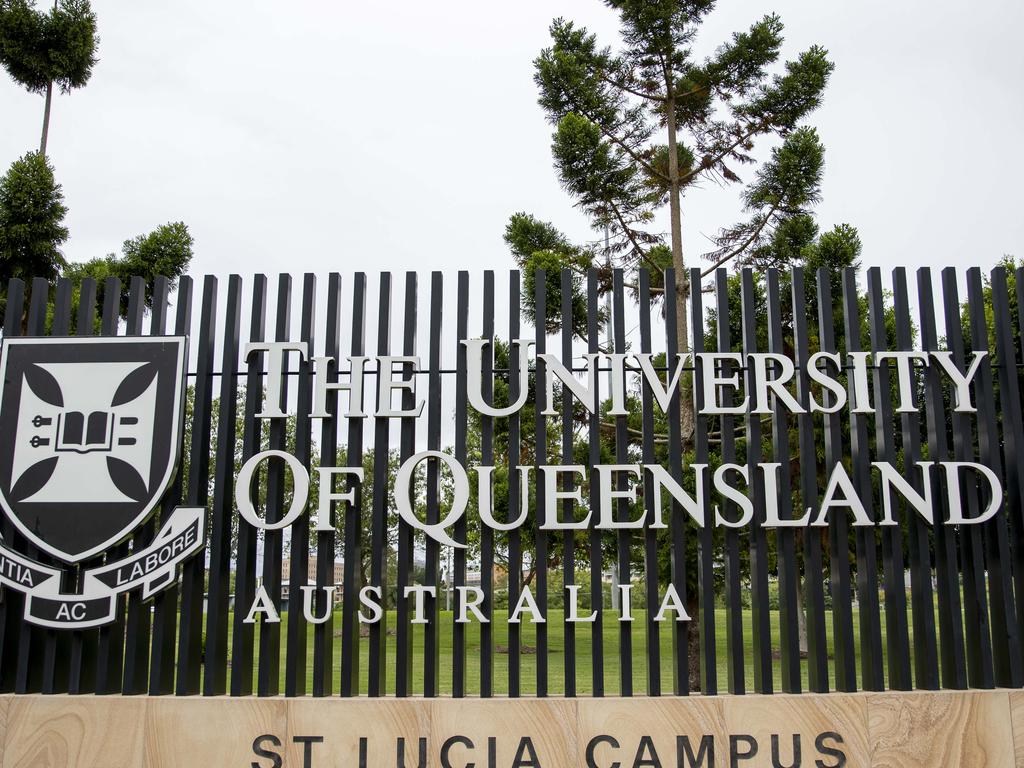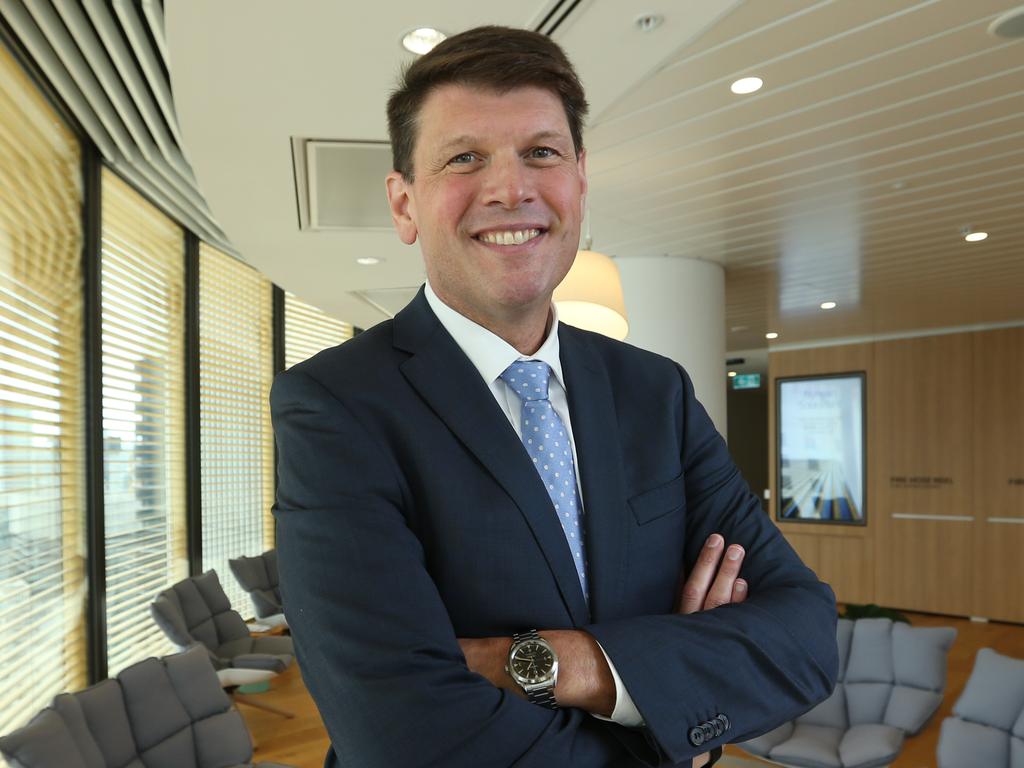Sun rises as cheapest ‘levelised’ energy cost
CSIRO assessed the total cost including back-up and found it would add up to a maximum of $29 per megawatt hour in 2030.

Solar and wind are the cheapest forms of power generation in Australia even after taking into account the cost of storage and transmission, underlining expectations of the accelerating transition to renewables, the CSIRO says.
The clean energy sources remain the most cost competitive even if renewables were to supply up to 100 per cent of power for Australia’s grid, analysis released on Friday shows.
Critics of renewables have waged an argument that the cheap price of solar and wind generation fails to take into account the cost of backing up those variable supplies with storage such as hydro and batteries along with transmission charges.
However, the CSIRO study assessed the total cost including back-up, known as the levelised cost of energy, and found it would add up to a maximum of $29 per megawatt hour in 2030.
“We found that the additional costs to support a combination of solar PV and wind generation in 2030 is estimated between $0 to $29/MWh depending on the variable renewable energy share and region of the national electricity market,” Australia’s national science agency said.
“When added to variable renewable generation costs and compared to other technology options, these new estimates indicated that wind and solar PV are the least cost generation technologies for the electricity system for an expected level of deployment.”
The calculations are based on new investments being made in renewable energy zones, transmission to boost the grid and greater levels of batteries and pumped hydro storage to meet demand during low periods of renewable generation.
Solar and batteries will continue to enjoy the biggest cost reductions, but prospective technologies such as carbon capture and storage and small nuclear reactors will still require a big global investment push to reach their potential.
“Costs reductions for technologies not currently being widely deployed, such as carbon capture and storage, nuclear small modular reactors, solar thermal and ocean energy are lagging and would require stronger global investment to realise their full potential,” CSIRO chief energy economist Paul Graham said.
The cost of building new wind generation is unlikely to fall as quickly due to the maturing of the supply source.
“Wind capital costs are falling more slowly than solar, reflecting their relative maturity as an energy source; however wind capital costs continue to make gains through capturing more energy from the same wind resources, which means they will continue to be competitive,” the CSIRO noted.
Coal still accounts for about 70 per cent of electricity in the power grid, but the Australian Energy Market Operator forecasts 63 per cent of the country’s coal-fired generation will retire by 2040.
By 2035, nearly 90 per cent of power demand could be met by renewable generation during periods through the day, forecasts by the Australian Energy Market Operator show.
However, that will require up to 50GW of large-scale solar and wind to be added under the most aggressive plan to cut emissions, representing nearly all the current capacity of the market to be built in just two decades.
That goal will also need massive investment in storage to back up renewables, with up to 19GW of dispatchable resources such as batteries, pumped hydro and fast-start gas plants called for in the next two decades.






To join the conversation, please log in. Don't have an account? Register
Join the conversation, you are commenting as Logout